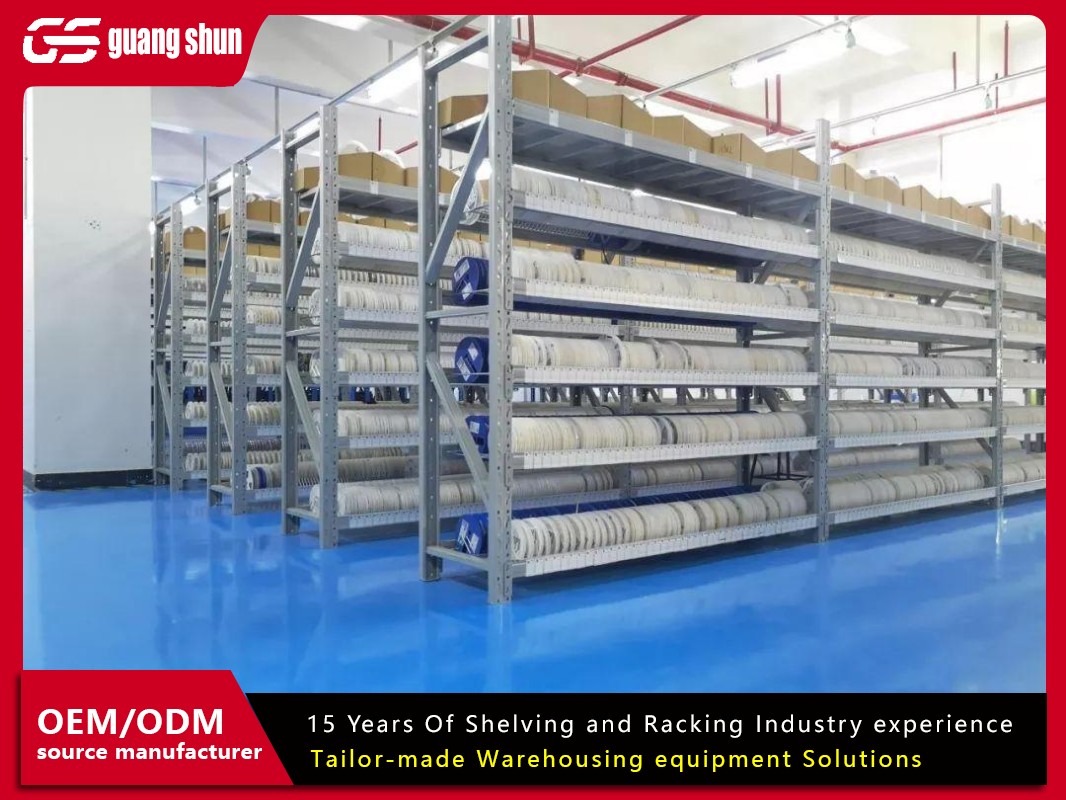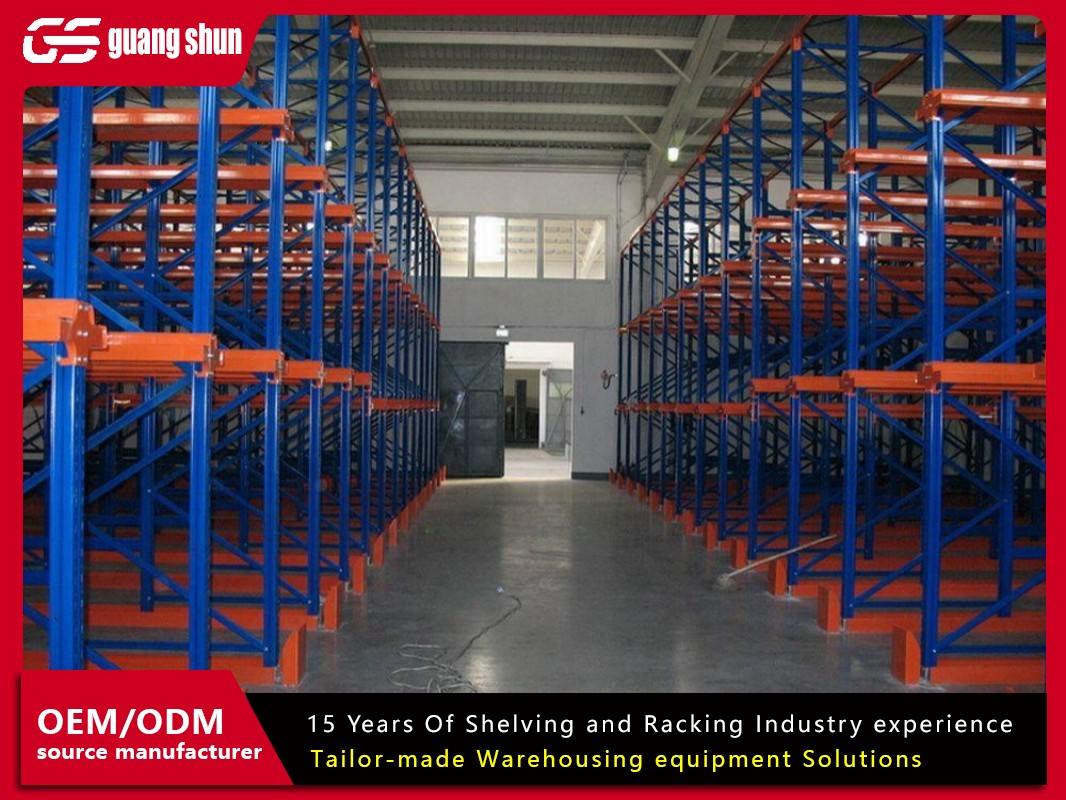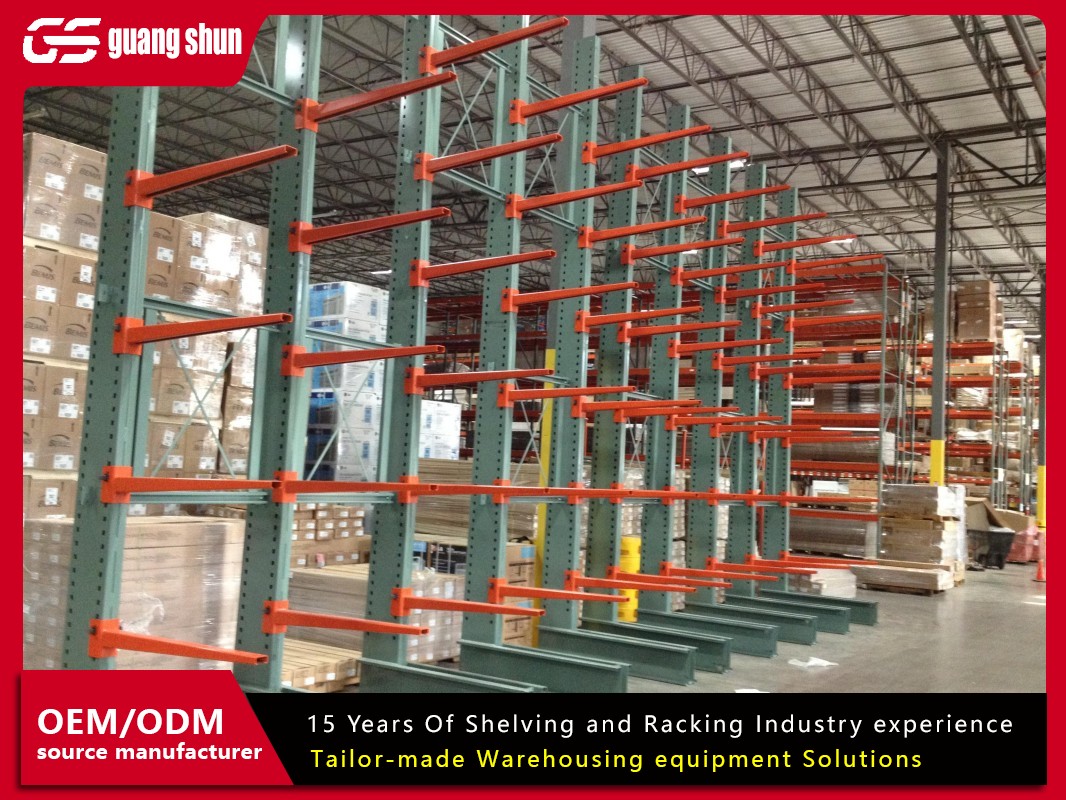In the world of warehousing, logistics, and manufacturing, storage is the backbone of operational efficiency. At the heart of any effective storage system lies a critical process: industrial racking installation. This is not merely about assembling metal beams and frames; it's a complex, strategic operation that dictates the flow, safety, and capacity of your entire facility. A properly executed industrial racking installation can dramatically increase storage density, improve inventory accessibility, and enhance worker safety. Conversely, a poorly planned installation can lead to catastrophic failures, costly downtime, and significant safety hazards.
This comprehensive guide will delve deep into the multifaceted world of industrial racking installation. We will explore its critical importance, the different types of systems, the installation process itself, common pitfalls to avoid, and essential post-installation practices. Whether you're a warehouse manager, a business owner, or a logistics professional, understanding the intricacies of this process is paramount for maximizing your investment and ensuring a safe working environment.
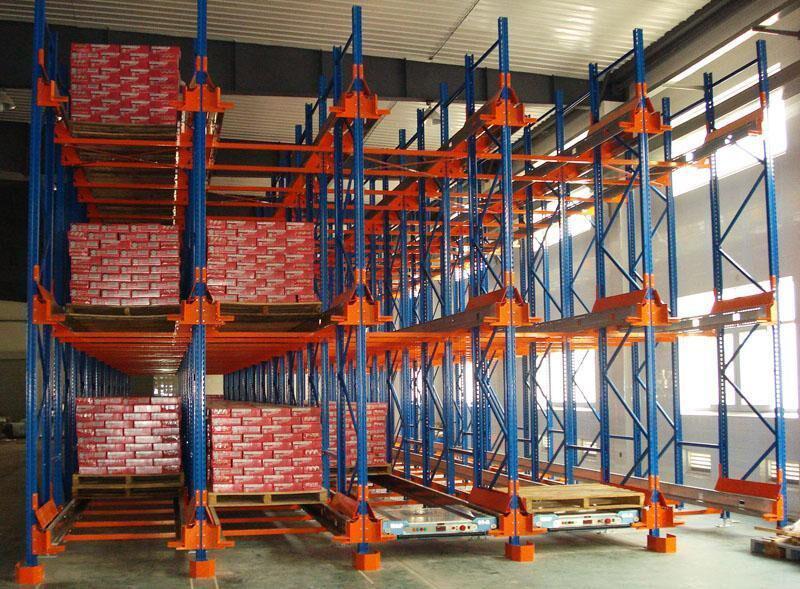
What is Industrial Racking Installation and Why is it So Crucial?
Industrial racking installation refers to the complete process of designing, planning, and physically assembling storage rack systems within an industrial environment. This encompasses everything from the initial assessment of needs and space to the final bolt being tightened and the system being load-tested.
The cruciality of professional industrial racking installation cannot be overstated. It is the foundation upon which your inventory management rests. A correctly installed system:
Maximizes Space Utilization: It allows you to leverage vertical cube space, increasing storage capacity without expanding your facility's footprint.
Enhances Operational Efficiency: Well-organized racks streamline picking, packing, and storing processes, reducing labor time and costs.
Ensures Safety: Structural integrity is non-negotiable. Professional installation guarantees that the racking can bear intended loads and withstand operational impacts, protecting both personnel and assets.
Promotes Scalability: A properly installed system is often designed with future growth in mind, making it easier to modify and expand as business needs change.
Protects Your Investment: Racking systems represent a significant capital expenditure. Correct installation ensures longevity and a strong return on investment (ROI).
Types of Industrial Racking Systems
Before the first installation step can begin, selecting the right type of racking system is essential. The industrial racking installation process varies significantly depending on the system chosen.
Selective Pallet Racking: The most common type, offering direct access to every pallet. Installation involves upright frames and horizontal beams, making it versatile and relatively straightforward.
Drive-In/Drive-Through Racking: A high-density system where forklifts drive directly into the rack structure. Installation requires extreme precision to ensure correct rail alignment and robust uprights to withstand constant impact.
Push-Back Racking: A Last-In, First-Out (LIFO) system where pallets are stored on nested carts on inclined rails. Installation is more complex due to the dynamic components and the need for a perfect incline.
Pallet Flow Racking: A First-In, First-Out (FIFO) system using gravity rollers. Installation must account for the precise slope and integration of braking systems, requiring highly specialized expertise.
Cantilever Racking: Ideal for long, bulky items like lumber or piping. Installation focuses on securing sturdy uprights and arms, often requiring deep concrete footings for stability.
Mezzanine Flooring: While not racking per se, mezzanines are often integrated with rack systems. Their installation is a major project involving structural engineering and strict adherence to building codes.
The Step-by-Step Process of Professional Industrial Racking Installation
A successful industrial racking installation is a methodical process. Rushing or cutting corners is a recipe for disaster.
1. Consultation and Planning
This initial phase involves experts assessing your needs, inventory profiles, available space, and workflow. Using advanced software, designers create a layout that optimizes space and efficiency. This plan is the blueprint for the entire project.
2. Site Preparation
The installation area must be prepared. This includes ensuring the floor is level and meets the required load-bearing specifications. Obstructions are cleared, and the workflow of the facility is planned to minimize disruption during the industrial racking installation.
3. Receiving and Inspecting Components
Upon delivery, all racking components (uprights, beams, braces, footplates, bolts) must be meticulously inspected for damage or defects. Installing damaged components compromises the entire system's integrity.
4. Installation
The physical assembly begins. Using specialized tools and equipment, trained technicians follow the planned layout precisely.
Setting Uprights: Upright frames are positioned according to the plan. Using a laser level, technicians ensure they are perfectly plumb (vertical). This is perhaps the most critical step, as misaligned uprights affect every subsequent component.
Installing Beams: Horizontal beams are connected to the uprights at the specified heights. Beam locks or safety pins are engaged to secure them.
Installing Bracing and Accessories: Diagonal braces are added for lateral stability. Other accessories like wire mesh decking, row spacers, and guard rails are installed at this stage.
5. Inspection and Load Testing
Once assembly is complete, a thorough inspection is conducted. This includes verifying that all bolts are torqued to the manufacturer's specifications, all safety locks are engaged, and the structure is square and plumb. A professional install will often include a load test to validate the system's capacity and stability.
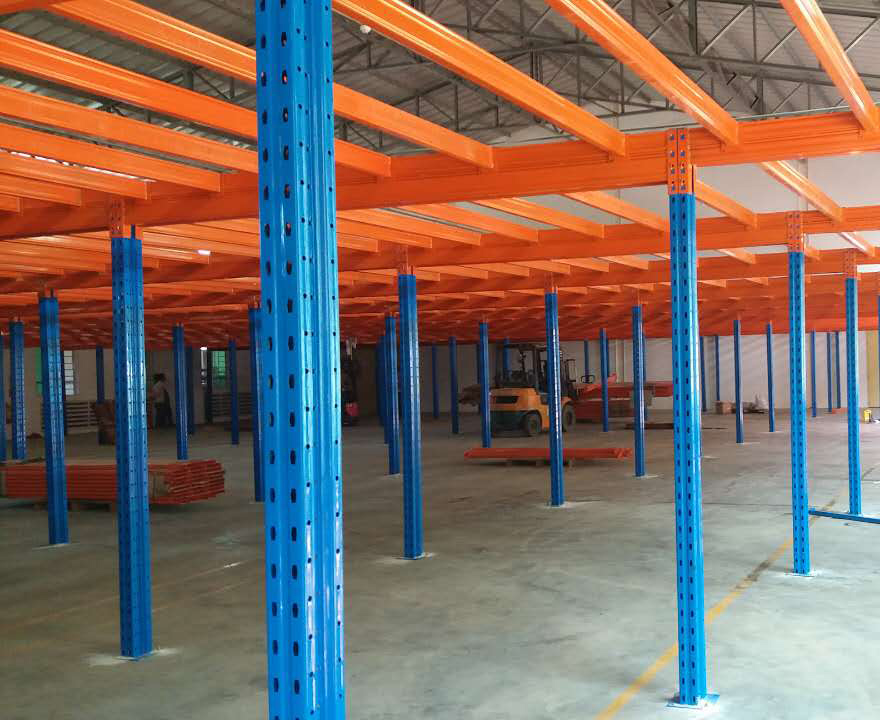
Common Problems and Pitfalls in Industrial Racking Installation
Even with a great plan, things can go wrong. Being aware of these common issues is key to preventing them.
Improper Floor Conditions: An uneven or weak floor will prevent the racking from being installed correctly and can lead to settling and structural failure. A floor survey is essential before installation begins.
Poor Planning and Design: A design that doesn't account for actual inventory flow, forklift traffic patterns, or unique load sizes will create inefficiencies and hazards down the line. Inadequate aisle widths are a frequent mistake.
Use of Damaged or Non-Compatible Components: Mixing components from different manufacturers or using damaged beams and uprights severely weakens the system. All parts must be certified and compatible.
Incorrect Assembly: This is a major risk with DIY attempts. Common errors include:
Beams Installed Upside Down: This drastically reduces their load capacity.
Incorrect Bolt Torque: Bolts that are too loose can work themselves free; bolts that are overtightened can strip threads or stress the metal.
Failure to Use Safety Locks: Beam safety locks are a primary defense against dislodgement from forklift impact. Skipping them is extremely dangerous.
Neglecting Building Codes and Permits: Certain industrial racking installation projects, especially very tall structures or mezzanines, may require permits and must comply with local building codes and regulations. Failure to do so can result in fines and forced dismantling.
Lack of Professional Expertise: Perhaps the biggest pitfall is attempting a complex installation without certified, experienced technicians. The cost of professional installation pales in comparison to the cost of a collapsed racking system.
Safety and Maintenance: The Post-Installation Imperative
The responsibility doesn't end once the installation crew leaves. Ongoing safety and maintenance are vital.
Employee Training: Train forklift operators and other staff on how to use the new system safely, including weight limits and how to identify damage.
Regular Inspections: Implement a schedule for regular rack inspections. These should include:
Daily/Visual Checks: Operators should report any visible damage immediately.
Weekly Formal Inspections: A designated person should perform a more thorough walk-through.
Annual Professional Inspections: A certified racking inspector should conduct a detailed assessment annually or after any significant impact.
Immediate Repairs: Any damaged component must be replaced immediately with a certified part from the original manufacturer. Do not attempt to repair bent or cracked steel.
Industrial racking installation is far more than a simple construction task; it is a strategic investment in the foundation of your operational efficiency and workplace safety. From the initial design phase to the final safety check, every step requires precision, expertise, and a commitment to quality. Choosing to partner with certified professionals for your industrial racking installation ensures that your storage system is not only optimized for performance but also built to last, protecting your people, your products, and your profitability for years to come. Don't gamble with the structural heart of your warehouse—invest in a proper installation from the start.



